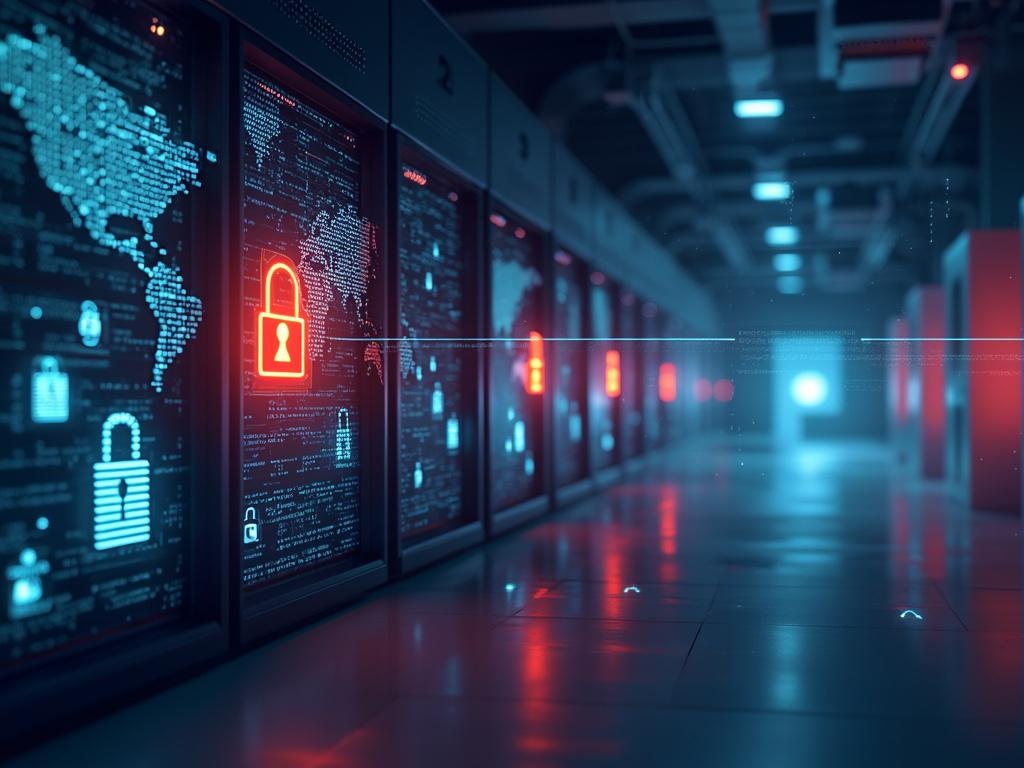Chinese State-Backed Hackers: Infiltration Attempts on SentinelOne Reveal Escalating Cyber Threats

Chinese State-Backed Hackers Attempt to Breach SentinelOne in Global Espionage Campaign
A sophisticated Chinese government-backed hacking group attempted to infiltrate cybersecurity firm SentinelOne as part of a broader espionage campaign targeting dozens of organizations worldwide between July 2024 and March 2025. While the attack on SentinelOne was unsuccessful, the incident reveals an escalating pattern of state-sponsored cyber operations targeting security providers, highlighting why cybersecurity is crucial for modern businesses.
The intrusion attempts, detailed in a new SentinelLABS report, have been attributed to threat actors known as PurpleHaze and ShadowPad, which have connections to previously identified groups APT15 and UNC5174. The campaign specifically targeted organizations aligned with Chinese strategic interests across defense, logistics, and media sectors.
Strategic Targeting of Security Providers
The decision to target SentinelOne represents a calculated move by Chinese operators to compromise a cybersecurity provider. While the direct attack failed, hackers successfully breached one of SentinelOne's IT vendors, demonstrating the growing importance of comprehensive cybersecurity measures.
"What SentinelOne is seeing now is classic China-nexus activity," explains Craig Jones, VP of Security Operations at Ontinue. "We saw the same playbook during the Pacific Rim attacks—stealthy implants, edge device compromises, and a focus on long-term access to high-value infrastructure."
Scope and Sophistication
The campaign's reach extends far beyond SentinelOne, affecting more than 70 critical infrastructure organizations globally. Notable targets include:
- A South Asian government entity
- A European media organization
- Dozens of critical infrastructure providers
The attackers demonstrated sophisticated tradecraft, including:
- Careful infrastructure acquisition
- Enhanced operational security measures
- Novel malware loader deployment
- Deliberately slow operational tempo to avoid detection
Understanding these attack patterns is crucial as they represent common types of malware and cyber threats organizations face today.
Industry Response and Security Implications
Security experts emphasize the need for enhanced defensive measures and cooperation. Heath Renfrow, CISO and Co-founder at Fenix24, advocates for stronger government intervention, including:
- Mandatory vendor audit frameworks
- Operational coordination centers
- Clear deterrence policies with economic consequences for adversarial states
"China's strategy is patient and long-term," notes Renfrow. "Our response must be equally sustained, strategic, and unapologetically proactive."
For more detailed information about state-sponsored cyber attacks, visit the CISA's Cyber Threats Resource Page.
Organizations should evaluate their third-party vendor security protocols and implement robust supply chain risk management practices. Security teams must study the identified attack patterns to enhance their detection and response capabilities, while businesses should consider participating in threat intelligence sharing programs to stay informed about evolving state-sponsored threats.

